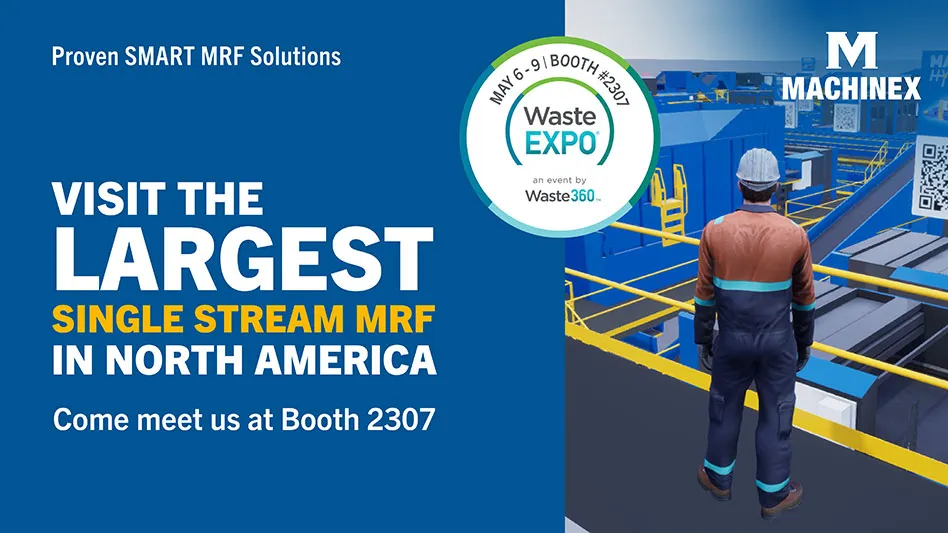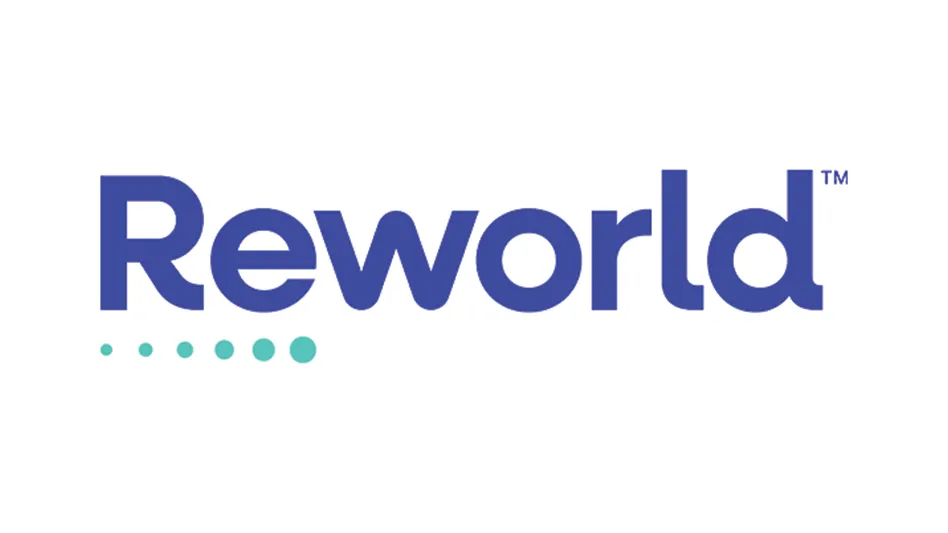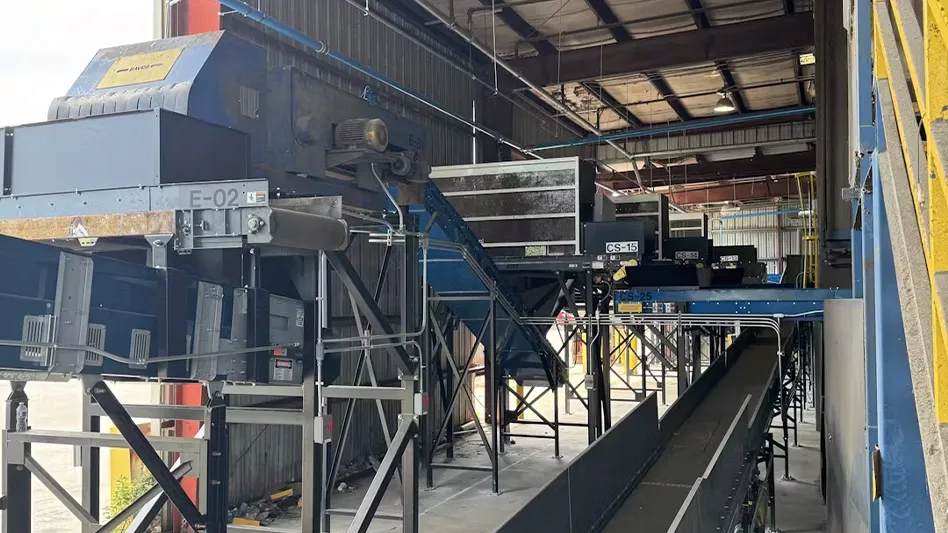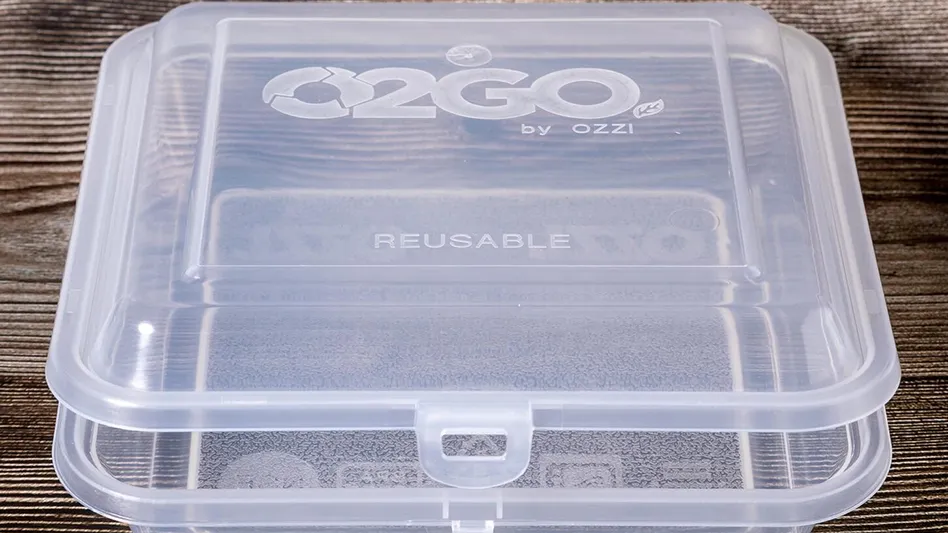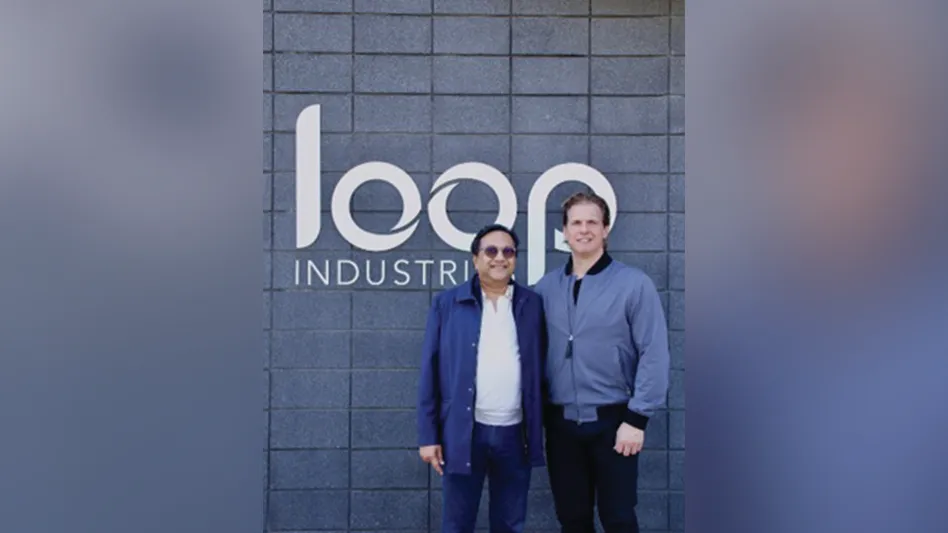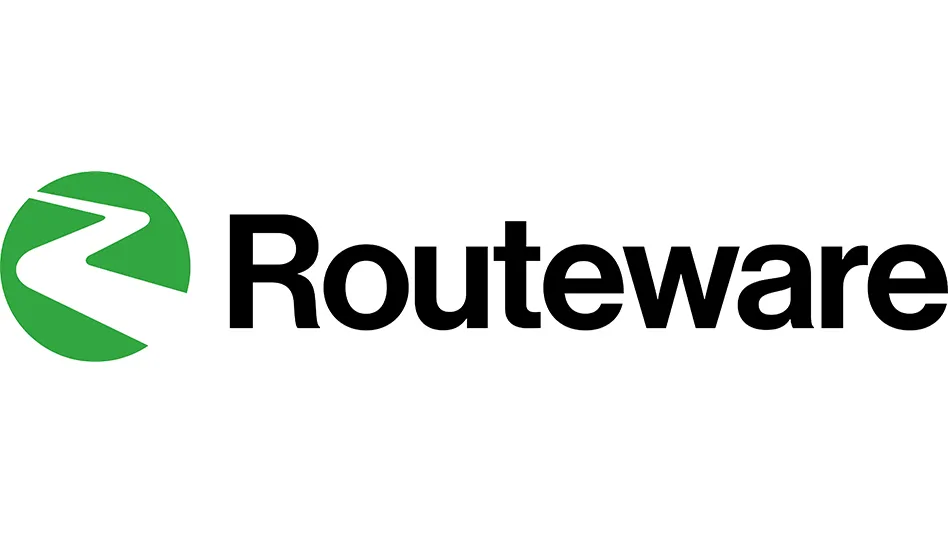 It is a fact that beverage cartons are recyclable and have great value as recycled materials. Paper mills view cartons as a valuable source of fiber because they offer high-quality, virgin, bleached long fiber, which can be used to make tissue and paper toweling. The residual polyethylene (PE) and poly/aluminum (the combination of PE and aluminum) is a byproduct of the hydropulping of cartons and can be used to produce greener building products, such as wallboard and ceiling tiles, or can be used to generate energy at the mill where the cartons are processed.
It is a fact that beverage cartons are recyclable and have great value as recycled materials. Paper mills view cartons as a valuable source of fiber because they offer high-quality, virgin, bleached long fiber, which can be used to make tissue and paper toweling. The residual polyethylene (PE) and poly/aluminum (the combination of PE and aluminum) is a byproduct of the hydropulping of cartons and can be used to produce greener building products, such as wallboard and ceiling tiles, or can be used to generate energy at the mill where the cartons are processed.
Even though this is the case, it seems uncertainty remains regarding the recyclability of cartons in the United States. While it is true that carton recycling may have been limited several years ago, that is not the case anymore. Allow me to go over some of the facts and share what we have done to expand carton recycling in the U.S.
In 2009, Tetra Pak partnered with other carton manufacturers to establish the Carton Council of North America (www.recyclecartons.com) to increase carton recycling. The Carton Council is a group of packaging companies committed to reducing the environmental impact of cartons by expanding recycling programs across the country and by continuously improving the environmental performance of cartons.
The Carton Council developed several key principles to guide its work:
- Promote recycling strategies that are environmentally sound, socially responsibly and economically sustainable;
- Encourage production and recycling systems that minimize life-cycle impacts and use recovered resources in the manner that maximizes their value and contribution to local economies; and
- Support implementation of recycling technologies and programs that are proven to work and that enhance existing community recycling efforts.
Tackling Barriers
The strategy works, and the Carton Council has made significant progress to date. In 2009, only 18 percent of U.S. households had access to carton recycling. As of Oct. 19, 2012, a total of 47.4 million households have access to carton recycling—a national rate of 40.6 percent.
How have we done this? The Carton Council and its member organizations have tackled the barriers to recycling at multiple points in a carton’s life cycle through development of end markets, infrastructure and recycling awareness.
The first priority for increasing recycling is guaranteeing that there are end markets for used cartons. These are paper mills that buy the stock or other companies that use the whole carton or part of it for manufacturing building materials.
Next, material recovery facility (MRF) collection and sorting abilities need to be enhanced so they can efficiently process cartons. Then, municipal recycling contracts need to be adjusted to accept cartons.
 Finally, recycling awareness needs to be built so that community members take advantage of carton recycling capabilities. Consumers need to recycle their used cartons to provide the material tonnage needed in order for this recycling model to work.
Finally, recycling awareness needs to be built so that community members take advantage of carton recycling capabilities. Consumers need to recycle their used cartons to provide the material tonnage needed in order for this recycling model to work.
Boosting End-Markets. The Carton Council has worked with North American paper mills to expand the number of mills taking cartons for recycling from one to nine, and more mills are expected to recycle cartons in the coming years. Paper mills recover the carton fiber by placing them into a hydro-pulper, which applies centrifugation in water (think of a household blender) to extract the fibers. The PE and poly/aluminum mix can then be pulled out and applied to other end uses.
Improving Infrastructure. The Carton Council’s long-term U.S. strategy to build sustainable recycling infrastructure for cartons is well underway. It has demonstrated outstanding early results and is strongly positioned to achieve its goals for sustainable household carton recycling access, leading eventually to higher diversion of cartons from disposal through recycling.
After collection, cartons are separated from other recyclables at a MRF. Part of the council’s efforts include working with MRFs to improve the ability to sort carton packaging by paper grade. Because of the council’s efforts, postconsumer cartons are now accepted in residential collection and recycling programs in Dallas, Philadelphia, Milwaukee, Minneapolis, Memphis, Denver, San Diego and Los Angeles.
Building Awareness. The Carton Council provides a variety of “Recycler’s Tools” to assist communities, recycling facilities, schools and recycling haulers to add and promote carton recycling. Our website, www.recyclecartons.com, is a great resource for information about local carton recycling efforts, how to recycle cartons, areas of the country where carton recycling is a reality and how to add carton recycling in communities.
|
North American Paper Mills USING Recycled Cartons The following facilities use cartons to produce deinked pulp, paper and greener building products: United States
Mexico
|
Designing for the Environment. Carton producers also can play a role in increasing the recyclability of cartons. Tetra Pak believes there is a need for carton producers to voluntarily take responsibility for recycling.
Environmental Profile
Though today’s cartons can be recycled, constantly innovating package design toward sustainability is important to making recycling easier and more efficient. Sustainability has emerged as an important factor for businesses, both in terms of influencing consumer preference and as a purchase driver. Beverage and food brands and retailers that pay attention to this—not just the recyclability of a package, but its material content and the way in which the product is transported, displayed and stored—are winning consumer loyalty while improving their own sustainability profiles.
The environmental profile of packaging has always played an integral role in Tetra Pak’s research and development of carton packages. Our design for the environment (DfE) approach ensures that new products are designed in such a way that their environmental impacts are understood and minimized as part of the standard design process. We use DfE as a tool to improve the environmental performance of new and existing packages and machines. DfE focuses on the entire life cycle of a product, from shipping to shelf space to recyclability.
For example, Tetra Pak’s new Tetra Evero Aseptic cartons, recently launched in Europe, are designed with a separable top to facilitate recycling.
Designing cartons for the environment includes an efficient product-to-package ratio, using materials from renewable resources and reducing the resources used to manufacture, run and fill the packaging with product.
Future Opportunities
Opportunities for carton solutions in the U.S. and Canada are growing, specifically in the food, dairy, nutritional and beverage categories. The growth is certainly supported by the fact that manufacturers and retailers are more aware of the need to find sustainable solutions for their products and their manufacturing plants. Cartons provide value throughout the supply chain, which is an important factor and driver for both brands and retail operations. Strong brands have adopted cartons for their products, and, because of this, there is potential for further expansion.
As carton use increases, ensuring there is a recycling process in place to accept cartons will become even more important. The Carton Council continues to work with local municipalities, sorting facilities and end markets to facilitate access to carton recycling. Cities in 42 states now accept cartons as part of their residential collection programs, and we look forward to expanding both the number of states and cities in 2013.
What can you do to help us increase carton recycling in the U.S.? I encourage you to join in the conversation about carton recycling online. Visit the Carton Council on Facebook at www.facebook.com/RecycleCartons and follow us on Twitter @recyclecartons.
The author is vice president of environment for Tetra Pak Inc., Vernon Hills, Ill., and vice president of recycling projects for Carton Council of North America, also based in Vernon Hills.
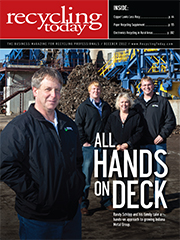
Explore the December 2012 Issue
Check out more from this issue and find you next story to read.
Latest from Recycling Today
- Meeting the decarbonization challenge
- Cyclic Materials expands leadership team
- Paper cup acceptance at US mills reaches new milestone
- EPA announces $3B to replace lead service lines
- AMCS showcasing Performance Sustainability Suite at WasteExpo
- New Way and Hyzon unveil first hydrogen fuel cell refuse truck
- Origin Materials introduces tethered PET beverage cap
- Rubicon selling fleet technology business, issuing preferred equity to Rodina Capital
